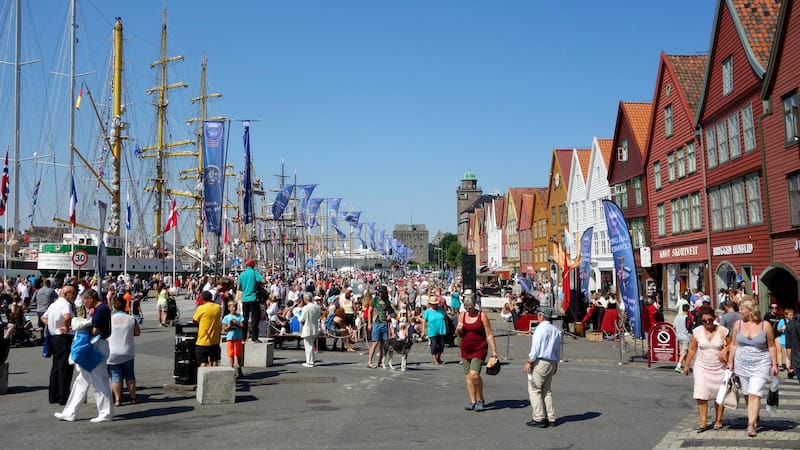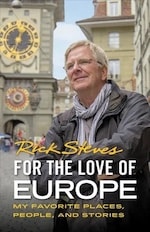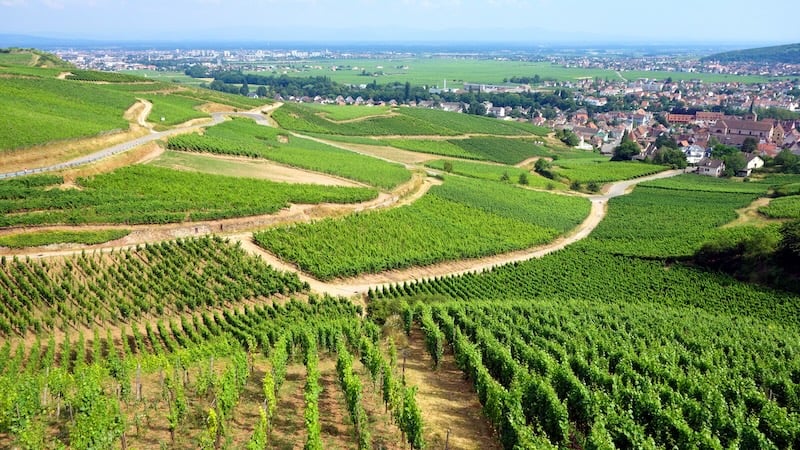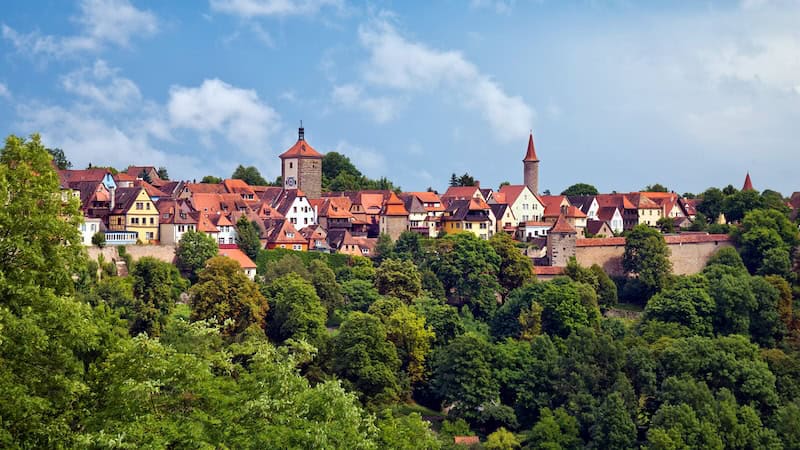Rugged Western Norway
Nature’s magnificent showcase

“I head for western Norway to experience the best of natural beauty,” writes Rick Steves. The travel professional shares highlights of the rugged land.
Rugged is putting it mildly when it comes to 80 percent of Norway. Historically, it was a challenge to live here. That’s why Vikings ventured south and so many emigrants left for America.
But I find excuses to return to Norway regularly. Three of my grandparents grew up there. I once told my TV producer, “So many people in Norway look like my brother.” Having traveled with me for years, he was shocked: “I didn’t know you had a brother!” I don’t. But if I did, he’d look like the guys in Norway.
Yet it’s more than how they look. It’s how they are. A fun part of travel is to feel a kinship with people from the land of your ancestors. In this intensely scenic corner of Europe, the challenges presented by nature have met the tough and creative spirit of the Norwegian people. The result: a fascinating land well worth exploring.
I head for western Norway to experience the best of natural beauty. Northern Europe’s highest mountains are here – in the region called Jotunheimen, or Giant’s Country. This lofty national park feels like the top of the world. You can imagine the Norse spirits of Thor and Odin inhabiting these misty peaks.
The country’s famously steep mountains and deep fjords were shaped by the glaciers that covered Scandinavia 10,000 years ago. The distance from seabed to mountaintop around here is nearly two vertical miles.
At the glacier called Nigardsbreen, the scale is enormous. Cruising on a boat across a pristine lake to the glacier, I felt dwarfed by blue cliffs of ancient ice. Adventurous travelers can lash on crampons and follow a guide on a trek over the ice and snow. While there are more demanding Nigardsbreen routes, I like to join a family hike – just an hour each way, but enough to bring me face to face with the glacier’s majesty.
To get deep into the heart of the fjords, sightseers ride traditional ferries or excursion boats. The stunning scenery keeps everyone on deck, cameras clicking. For an exhilarating alternative, sign up for a speedier tour in a small, open Zodiac-type boat. As the boat rockets across the water, you’ll be thankful for the all-weather suit that comes with the ride.
From the heart of fjord country, a handy express boat quickly gets travelers to Bergen, the biggest city in western Norway. Just one sheltering island away from the open sea, Bergen has long been a safe port of call. It’s popular with cruise ships and a refuge when heavy winds drive in the boats that serve North Sea oil rigs. Much of Norway’s affluence is fueled by the oil and gas it drills just offshore.
The urban heart of colorful Bergen has a thriving personality all its own. After a week in this expensive country, I’m comfortable with the notion that, here, beer is wine ($10 a glass). Busy with business travelers and popular with tourists, Bergen’s hotels spike up and down with the demand. (It pays to check hotel websites for deals.)
Back in the 13th century, Bergen was Norway’s capital. But, while breathtaking vistas are everywhere you look, the city’s history is harder to see. For most of its past, Norway was extremely humble. As the wealthier parts of Europe were building grand churches and castles of stone, Norway built with wood, and little survives from centuries past. Bergen has burned down and been rebuilt several times.
In the touristy wharf area, called Bryggen, creaky wooden warehouses lean haphazardly across cobbled alleys. This was the historic trading center. A medieval boomtown, Bergen was a member of the mighty Hanseatic League, an alliance of seafaring merchants.
The Hanseatic Museum, on the edge of the wharf, helps bring to life the salty economy that made Bergen prosper. It was all about the fish. Norwegian fishermen knew how to catch cod and Germanic traders knew how to sell it. Customers ate it up – then as well as today. The bustling fish market at the head of the harbor has a seafood circus of eateries.
Pale locals bolt outside when the sun peeks through in Norway’s rainiest city. Pick one of the 60 days when the sun shines to ride Bergen’s popular Fløibanen funicular up Mount Fløyen. It rises 1,000 feet above the city to dazzling views that lead all the way to the Atlantic. In the last century, Bergen was a launching point for countless adventurers headed to the New World. Today their descendants, returning to their Viking roots, discover a prosperous, contented, and beautiful country.
PHOTO CAPTION, ABOVE: Bergen, western Norway’s largest city, old wooden warehouses line the historic Hanseatic wharf, known as Bryggen. CREDIT: Rick Steves, Rick Steves’ Europe.
 Rick Steves (www.ricksteves.com) writes European guidebooks, hosts travel shows on public TV and radio, and organizes European tours. This column revisits some of Rick’s favorite places over the past two decades. Read more European adventures in For the Love of Europe. Other books include numerous destination-specific travel guides, including Rick Steves Portugal. You can email Rick at rick@ricksteves.com and follow his blog on Facebook.
Rick Steves (www.ricksteves.com) writes European guidebooks, hosts travel shows on public TV and radio, and organizes European tours. This column revisits some of Rick’s favorite places over the past two decades. Read more European adventures in For the Love of Europe. Other books include numerous destination-specific travel guides, including Rick Steves Portugal. You can email Rick at rick@ricksteves.com and follow his blog on Facebook.
Explore more of Rick Steves’ Europe in Boomer
©2024 RICK STEVES



